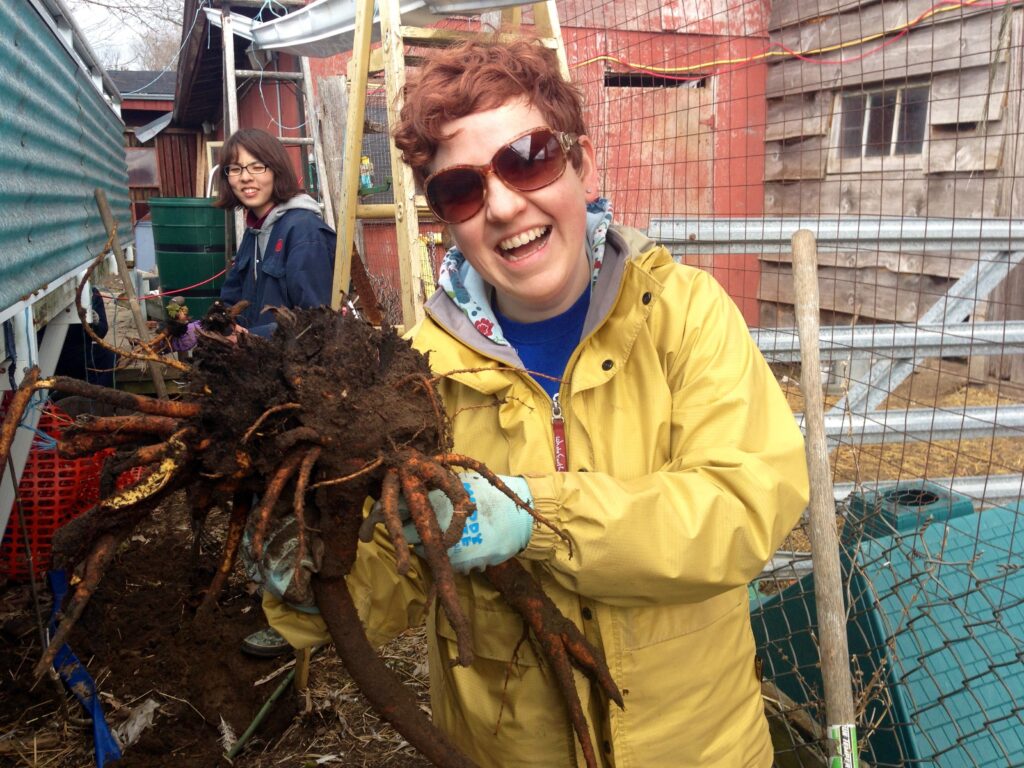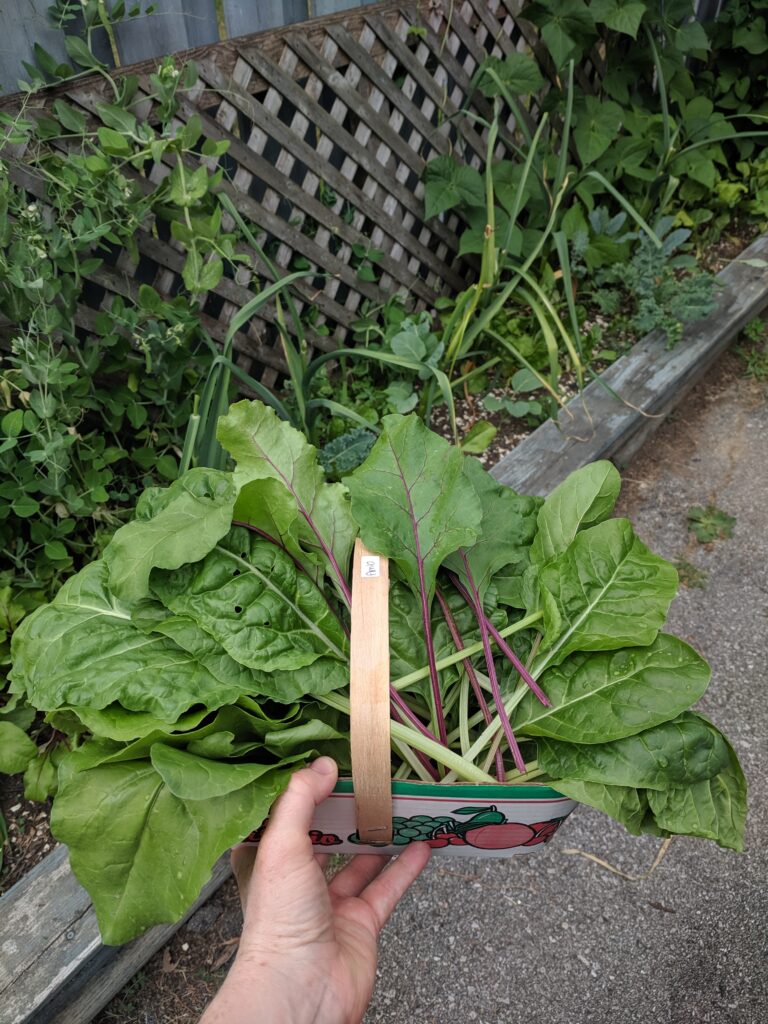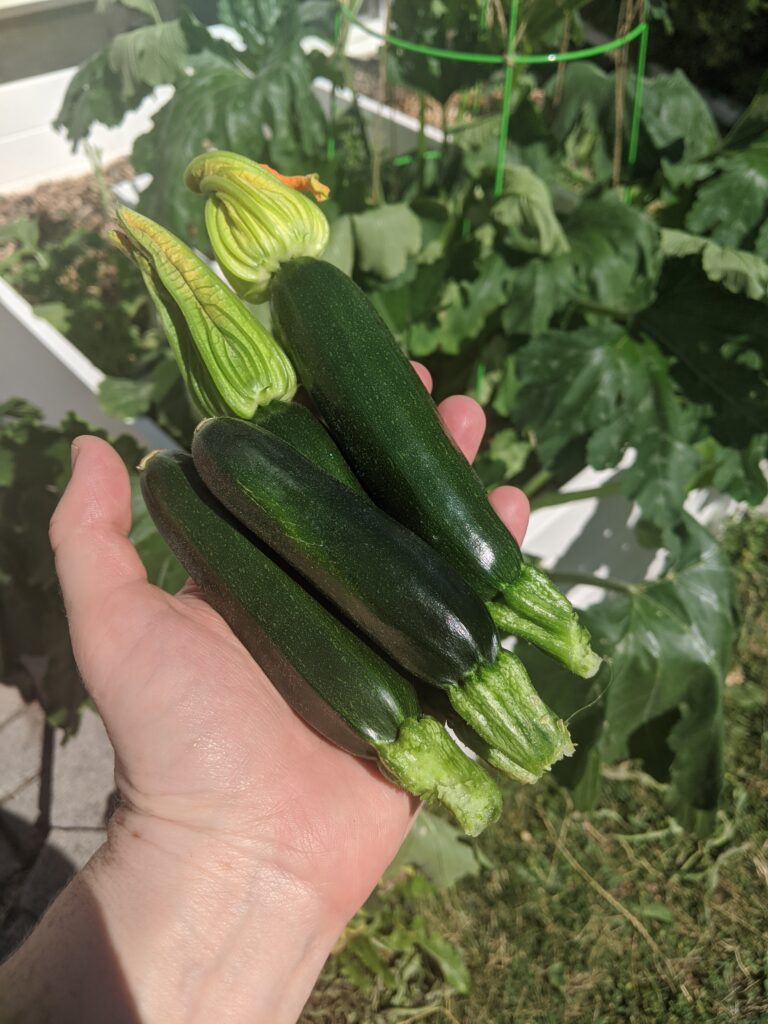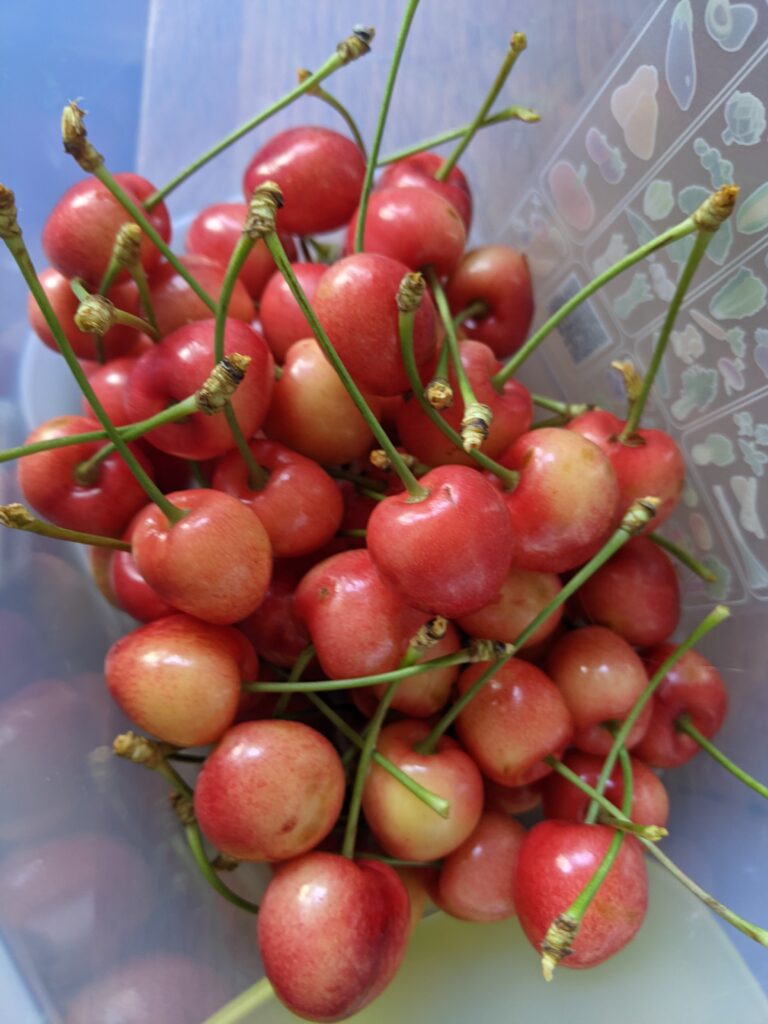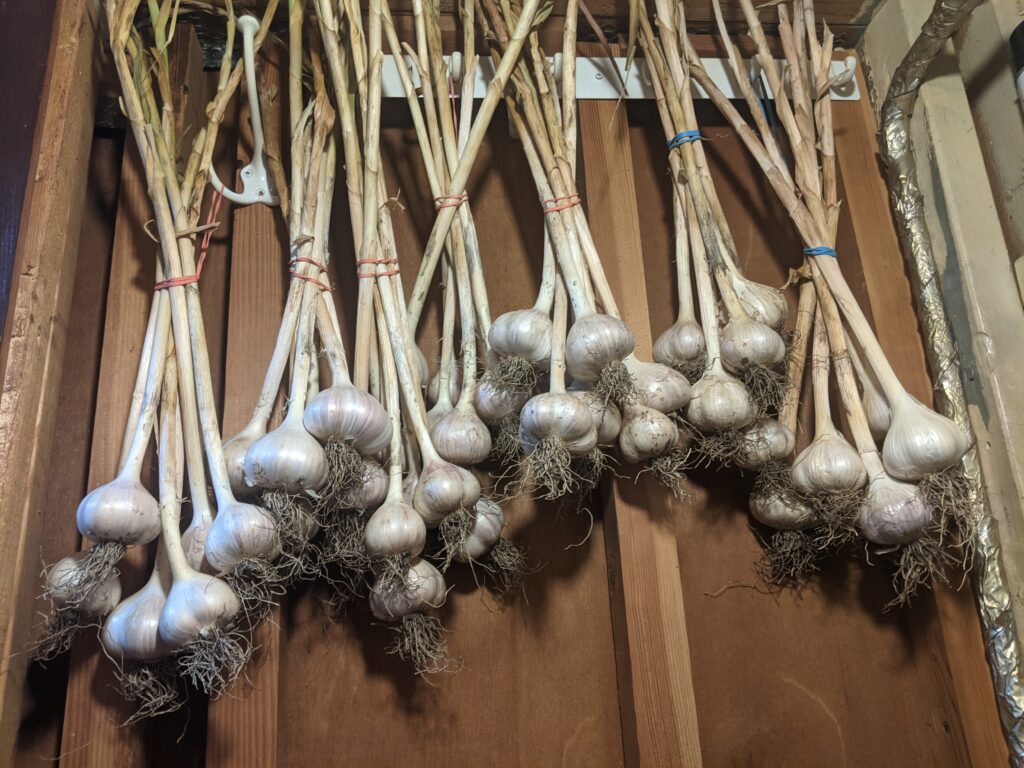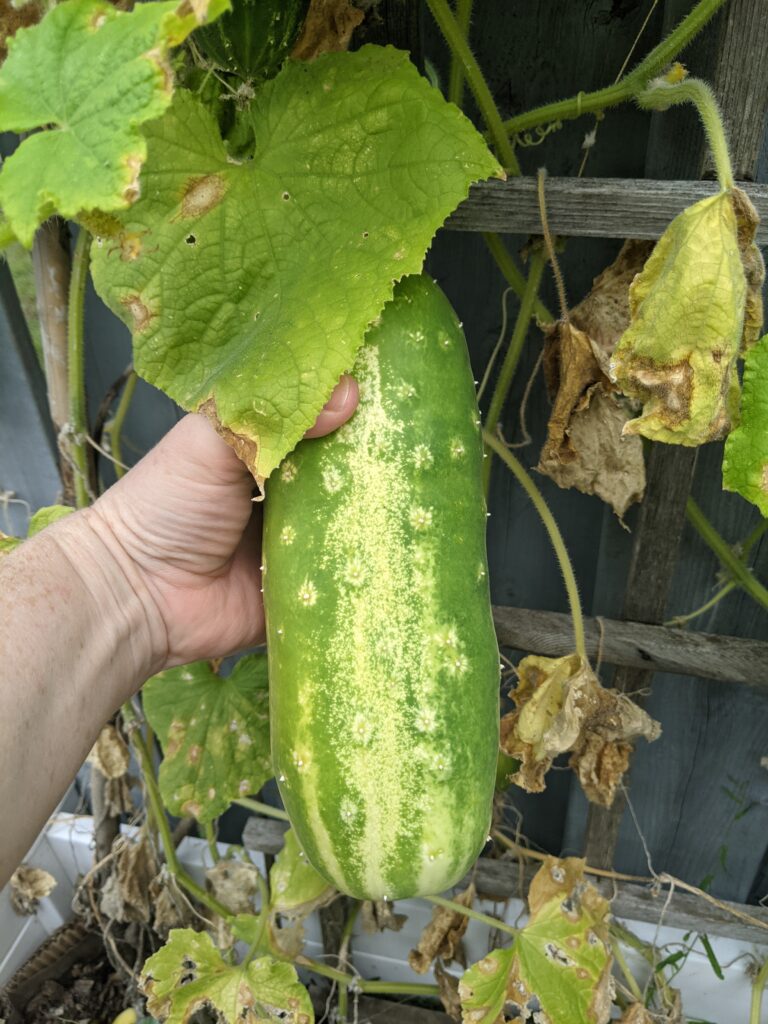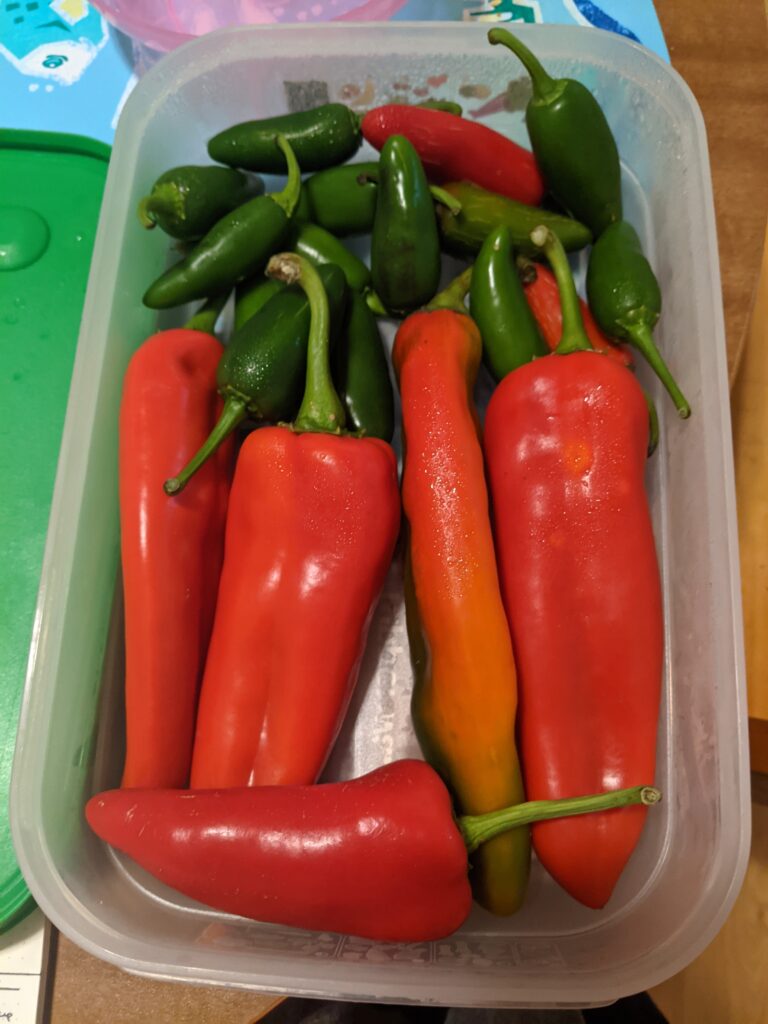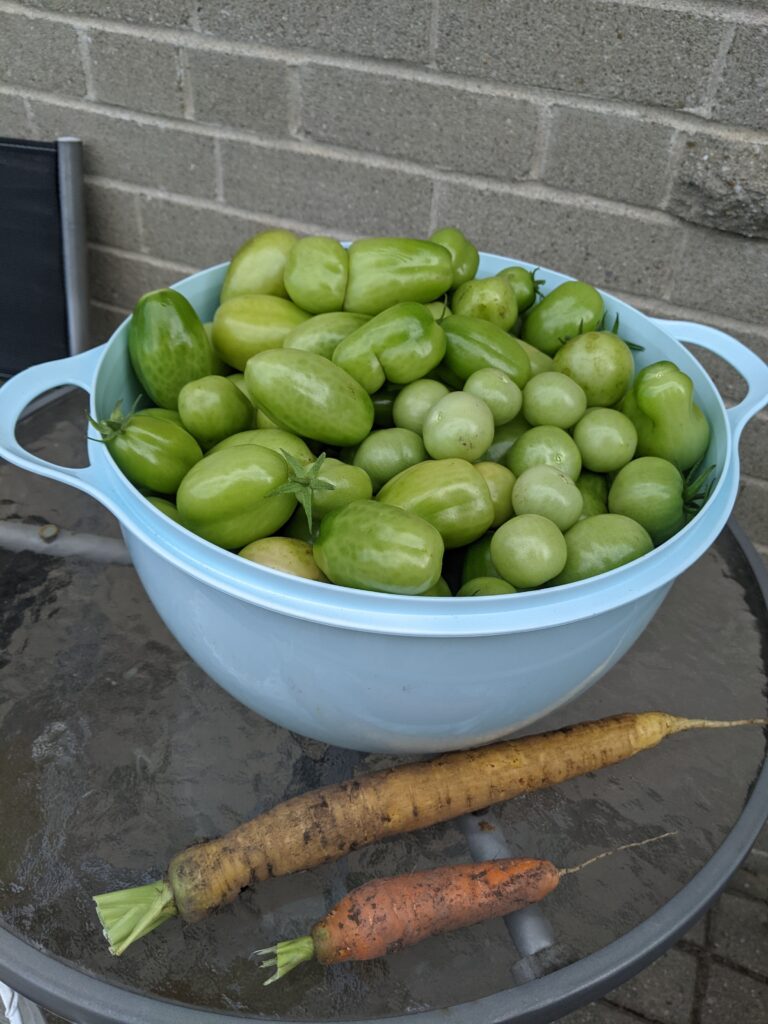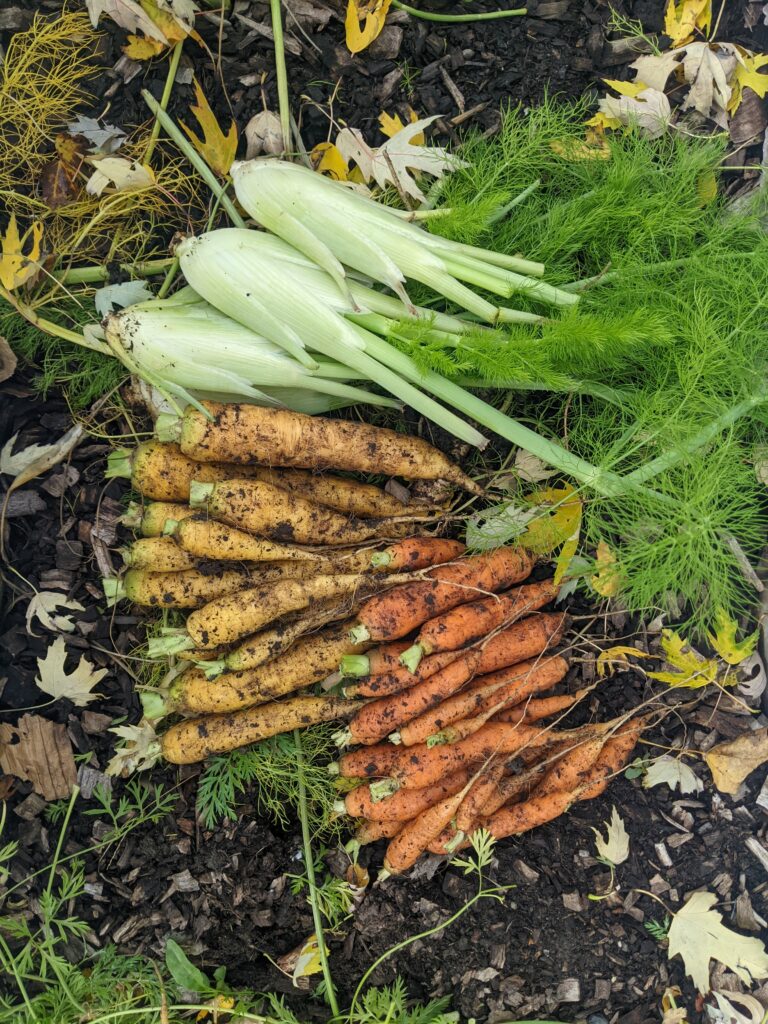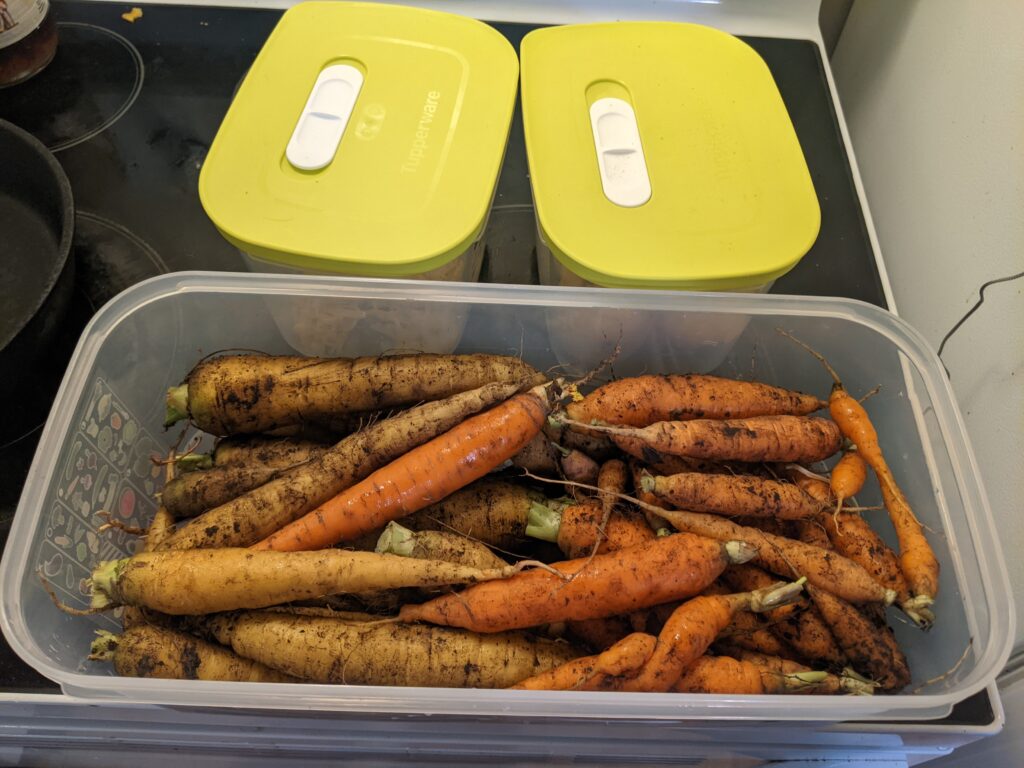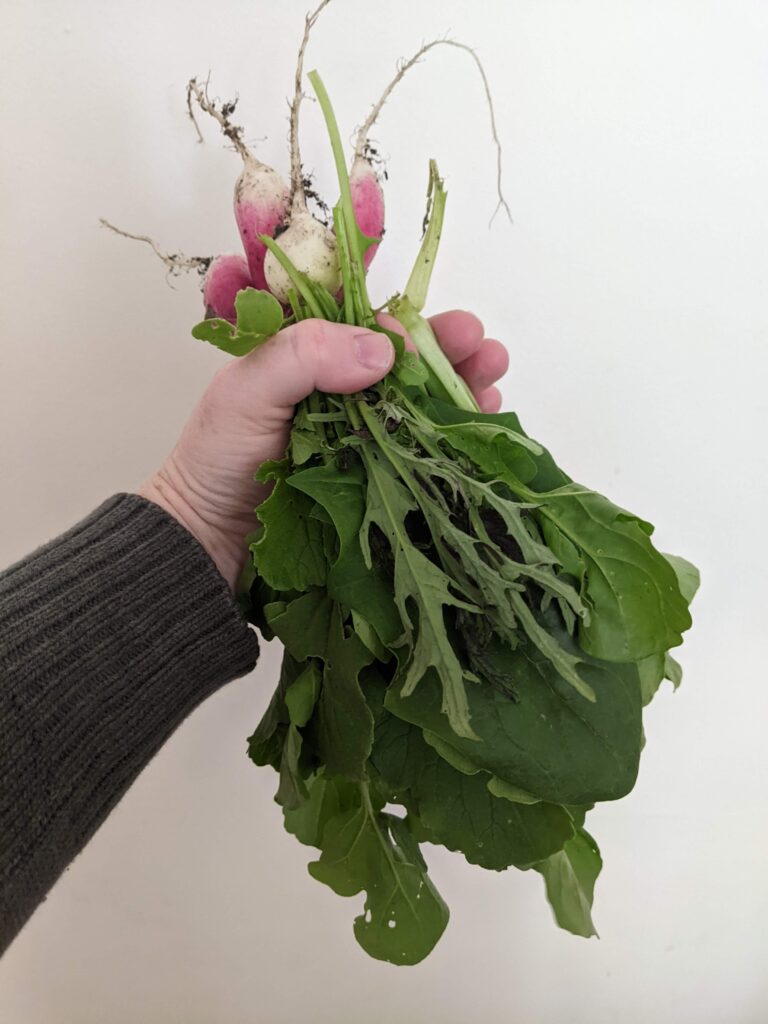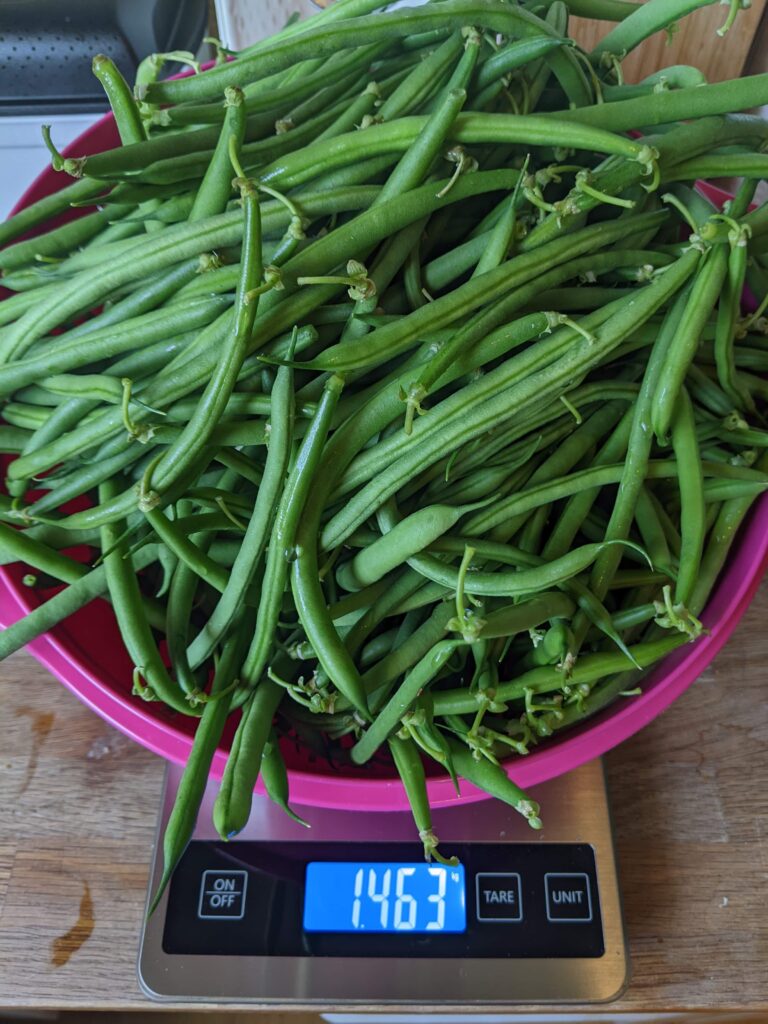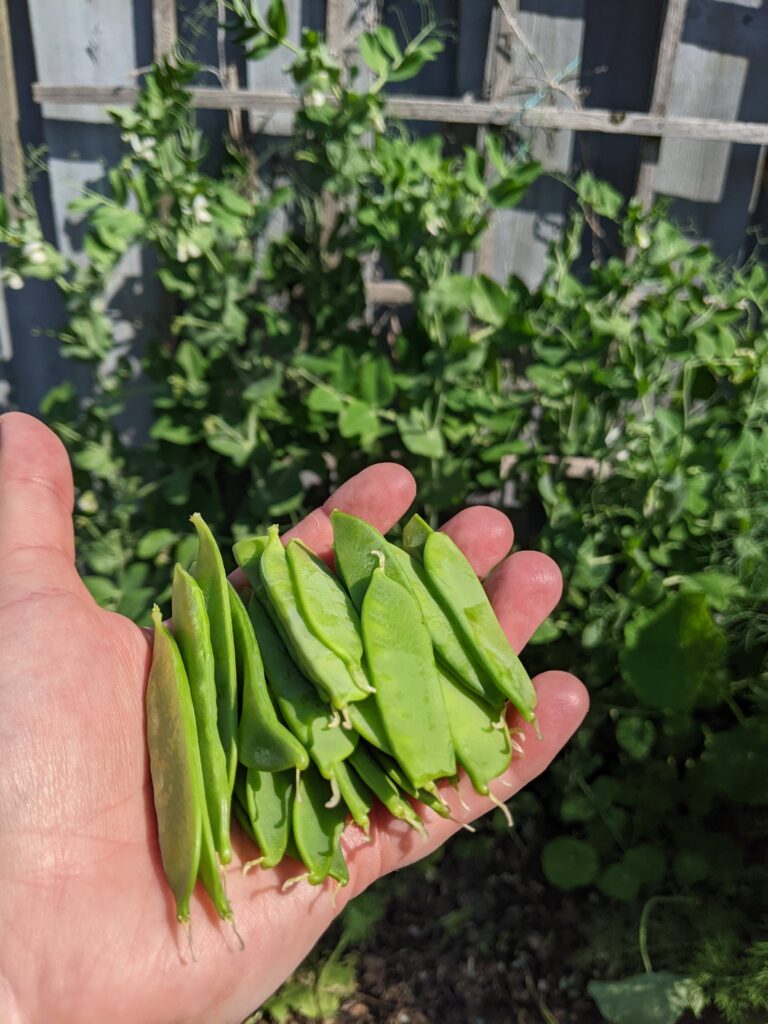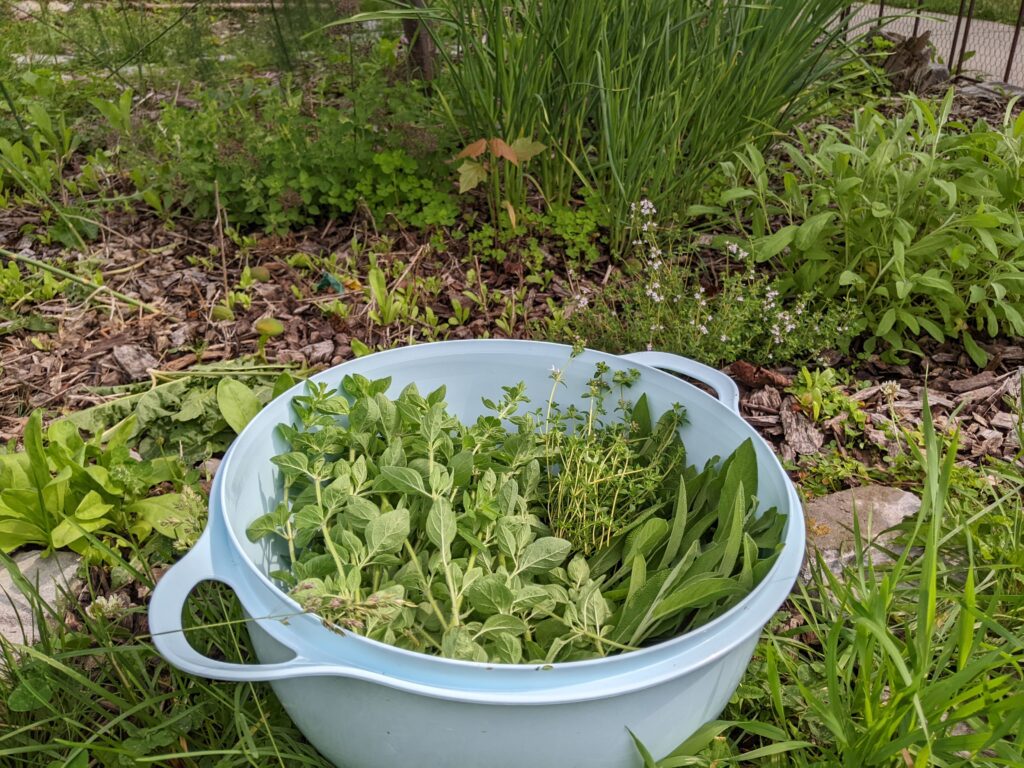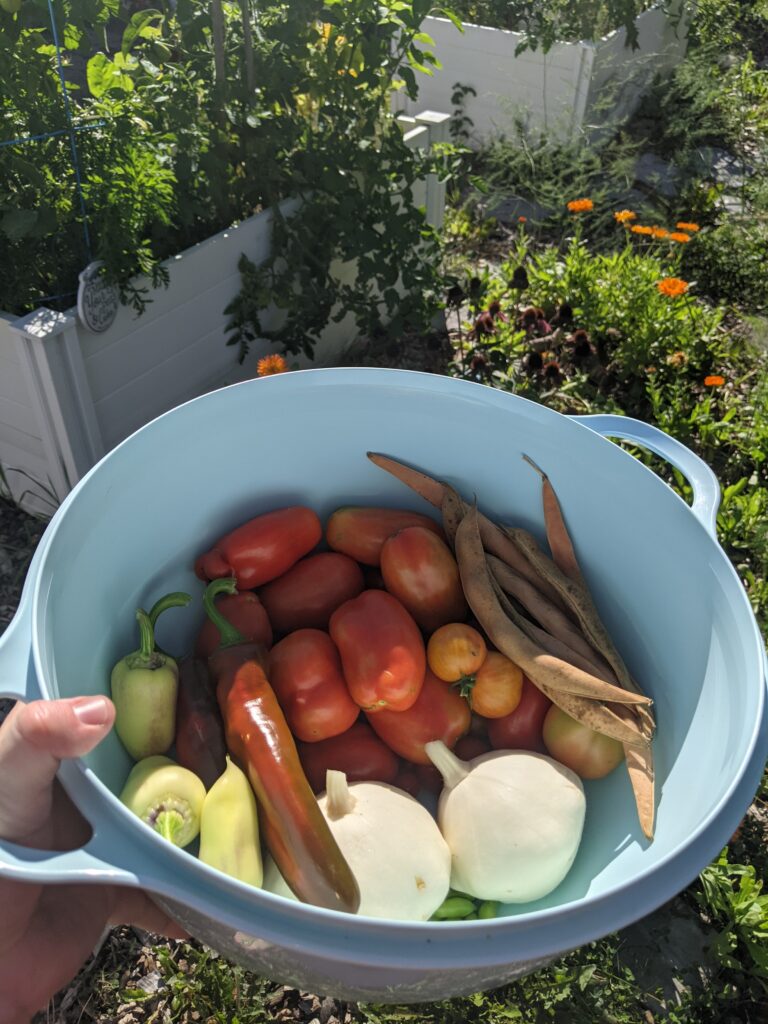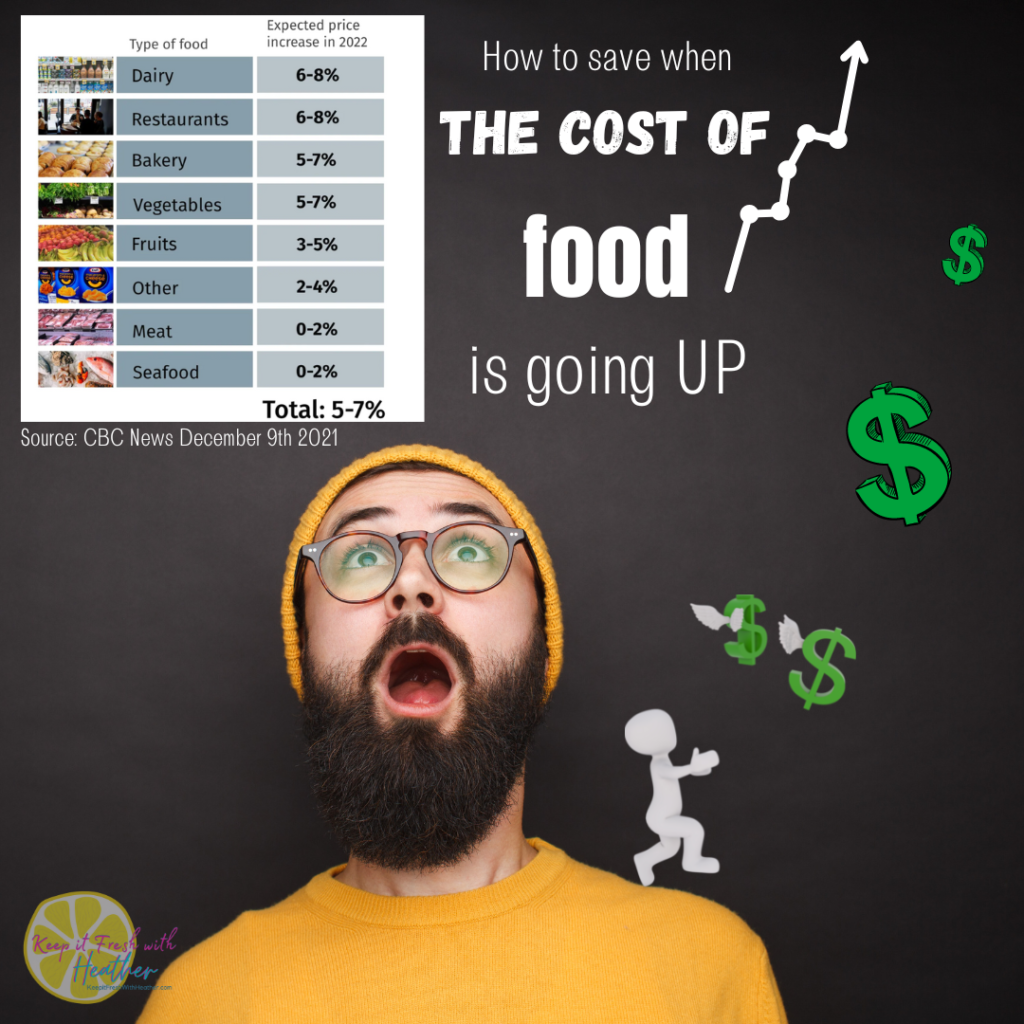
Even when we’re not in the midst of a recession, knowing how to make the most of your grocery budget and save on your food bill is a skill worth having. Nobody wants to spend more on food than they have to, but most of us don’t want to sacrifice on quality either. I get it. I just want the food that tastes good, it doesn’t have to be fancy.
These are some of the things I do to save our family on groceries. It’s certainly not an exhaustive list, but it’s a good place to start, so try them all and you’ll figure out which ones work best for you.
1. Save on Groceries by Shopping the Flyers
I’ve always loved getting the best deal, so shopping the weekly grocery flyers was something I did long before I had a bunch of mouths to feed. Back then I’d get the weekly bundle of paper flyers delivered and end up with newsprint ink all over my fingers from flipping through to circle the best deals. Nowadays there’s an app for that, and it’s called Flipp. The app itself is way more comprehensive than just a bunch of grocery flyers. It has flyers for everything from grocery stores to department stores (and more), and uses your location to deliver the appropriate flyers to you. You can “favourite” specific flyers to make them easy to find, and as you go through each one you can circle individual items just by tapping the screen. When you circle items, they display right at the bottom of your shopping list. The shopping list can be shared and synced through the cloud with other people so you all have access to add to or shop from the same up-to-date list.

Tip: if you’re trying to get the door crashers from the first page of the flyer (example: chicken legs for $1.99/lb) get your butt to the store first thing in the morning the day the flyer opens (usually on Thursdays) because those deals are always the first to sell out.

One of the things I noticed back when I started shopping the flyers is that many of the sales are cyclical. Some items would reliably go on sale every 3-4 weeks so I never paid retail prices for those items, I just bought enough to last until the next sale. Once you start you’ll start to notice the trends too and never pay full price for chicken again.
2. Save on Groceries with Flashfood & the Discount Produce Rack
Yesterday I was at Freshco grabbing a few things I needed for dinner. I always scan the produce section for what’s in season since it’s usually less expensive to buy local produce. Cauliflower was on “special” for $3.49 a head (this was in the flyer). Not bad, but a quick check of the reduced produce rack revealed several heads of cauliflower for $0.99/each. They were a little less firm than the ones on the main display but certainly far from spoiling and more than good enough to have with dinner that night or to make into soup the next day. I bought two for less than the price of one of the “on special” cauliflower.
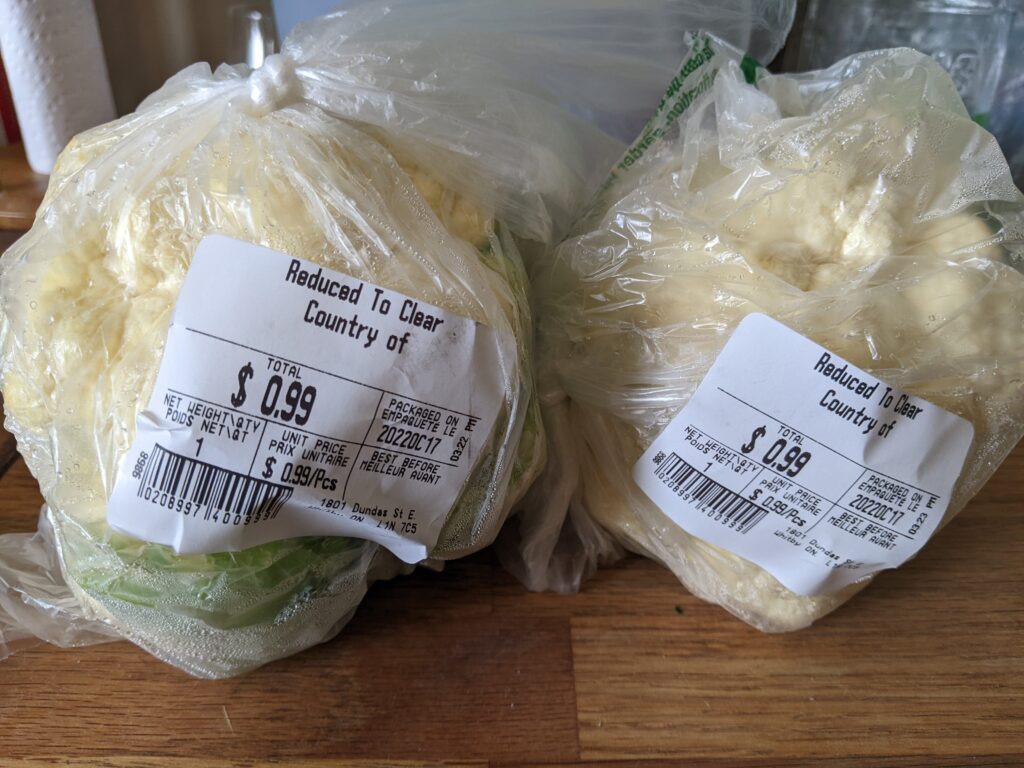
The discount produce is often what can’t be sold at full price because it doesn’t look picture perfect on the displays. There may be bumps and bruises, or it may be starting to wilt a little, but if you’re going to use it up (or process it to store and use later) then you’ve got every reason to save a few bucks and get that one vs paying full price.

Flashfood Produce boxes are a great deal!
My kids are on a banana bread kick, so rather than buying full price bananas, we got these for $2 each box. All those bananas for $4!
In addition to the physical in-store discount produce rack, there’s an app for that! Check out the Flashfood app to find local stores clearing out grocery items of all kinds as they approach best before dates – dairy, meats, dips, baked goods, produce, snacks, and more. Check the app often as they are always adding new deals. Purchase what you want, then go pick up at the store by checking in at guest services or wherever they have the Flashfood branded section/refrigerator (usually near the front of the store or checkouts).
Tip: Download the Flashfood app, and use code: HEAT40PV to get $5 off when you place your first $10+ order!
On top of saving money, shopping the reduced produce rack and/or Flashfood are great ways to help reduce waste and carbon emissions. Way to save the planet and your wallet!

3. Save on Groceries by Buying in Bulk
Buying in bulk usually means savings, but did you know that some stores like Bulk Barn offer an additional discount for bringing your own containers on Sundays? Bring your own (clean) containers, like Modular Mates or other pantry storage containers to the cashier first to be weighted, then fill with exacly the amount you need! Not only does this save you money, it’s another great way to reduce waste by getting only what you need, and avoiding both store packaging and single use bags.
Buying in bulk can also mean buying the larger cases of eggs (flats of 30 often end up costing less per egg than buying by the dozen) or larger cuts of meat — the door crasher whole pork loin or beef in cryovac packages can save you a lot per pound, you just have to cut them up into portions when you get home.
If you’re living on your own, consider setting up an informal buyers club with a few friends to take advantage of the savings you can get buying larger quantities at the grocery store or places like Costco.
4. Save on Groceries by Growing your own
Have you ever heard of Victory Gardens? During World Wars I and II, food was rationed, so people were encouraged to start growing vegetables and herbs on public and private property to supplement their rations and to boost morale. When times were tough, they found a way. Of course, it doesn’t have to be wartime to grow a vegetable garden, and it’s a great way to supplement the food you get from the store and reduce costs, especially since food has gotten so much more expensive lately. A package of seeds costs just a few dollars and a single seed can grow an abundance of food.
Even better, learn how to save seeds, and look for local seed swaps in person or online to trade some of what you have for other types and varieties. Your harvest can be next to free with a little effort. All of these photos are of fruits, vegetables and herbs grown in our tiny suburban front yard (but before we had a house, I started with container gardening on my even tinier urban balcony, so it’s definitely possible to grow your own even if you have zero land (did you know you can grow sprouts indoors and they’re super nutrient dense!).
5. Save on Groceries with Community Supported Agriculture
Another great way to save on food and also support your local community is to go straight to the source. Have you heard of CSA (Community Supported Agriculture)? How it’s done can vary, but the general idea is that you pay a farmer upfront directly, and then they give you a share of the harvest over time. I’ve participated in several local CSAs over the years and most cost between $500-$1000 depending on the size of shares (full share? half share?), the frequency (weekly? bi-weekly), and what’s included (add on eggs or add a fee to have it delivered, for example). Most are paid in 2 or 3 installments, and then you collect your weekly or bi-weekly share from the farm. Around here they typically run from May to October, and some might even let you trade your time and effort for some or all of the cost of the share. You often end up with an abundance of fresh, local fruits, vegetables, and sometimes eggs for what works out to $25-$50 per week.
The one I currently support is a “workshare” where I pay half the cost and volunteer a few hours of my time each week to help out on the farm. Check them out at https://fnhappyfarm.ca/
